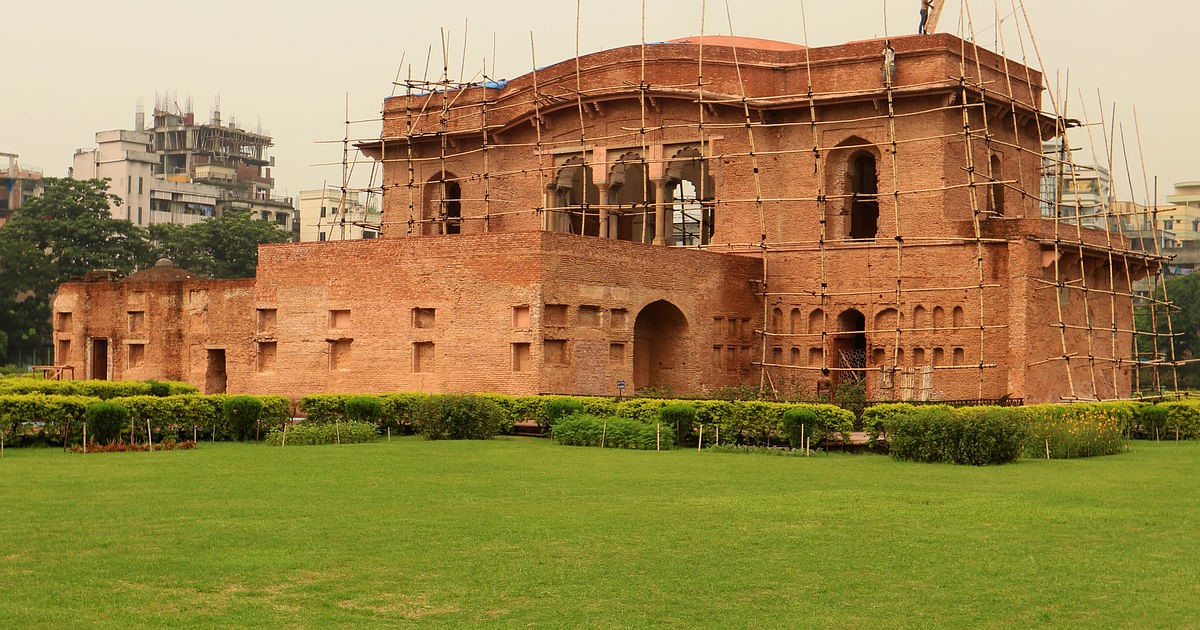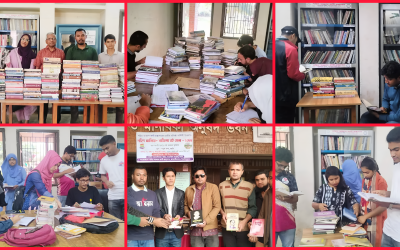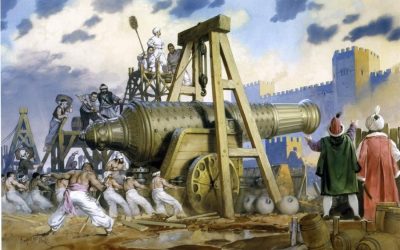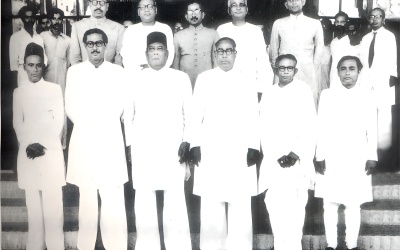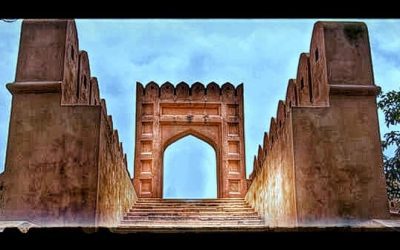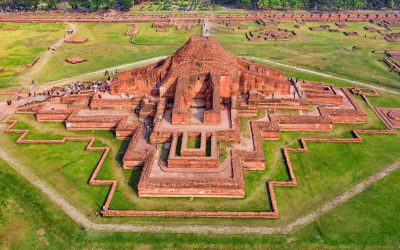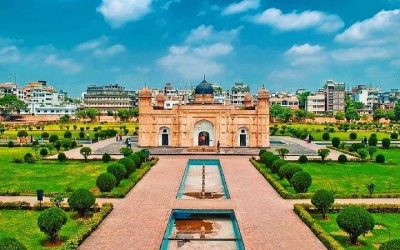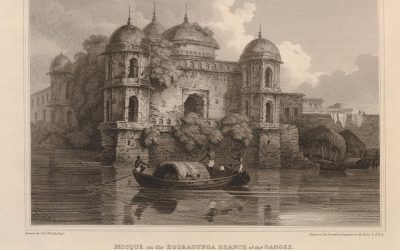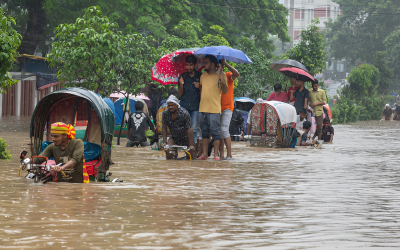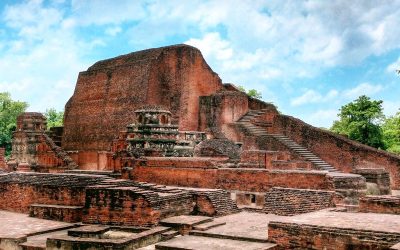Irfan Amin Patwary, Jahangirnagar University, Bangladesh
Archaeology originates from the desire to look deeper in search of roots through the practice of archaeology when the seeker’s thirst for knowledge remains unsatisfied even after acquiring the knowledge of history. It is a human instinct to search for own’s self, own’s existence, own’s roots. Various towns and communities, ruling and exploited classes, the numerous buildings, cities, palaces, forts, temples, mosques, vihar, stupas and tombs built by them, in a word, to see, know and practice the material signs built, used and influenced by the past people. All the countries of the world have more or less at various times.
In that case, the researchers engaged in archaeology research, excavate, preserve, display and research these archaeological specimens by depicting the way of life and culture of the ancestors and construct and verify the history. While the practice of these scriptures gives the facts of history, the study of archaeology helps a student to be aware of his surroundings and to become a good observer. This practice helps to know more deeply about own’s past and identity.
The beginning of archaeology in Bangladesh is held by the Directorate of Archaeology. The journey of this department started in 1861 under the name of Archaeological Survey of India. After independence, the head office of the Directorate of Archaeology of Bangladesh was established in Dhaka. In 1983, regional offices were established in 4 divisions with the head office in Dhaka through departmental re-organization.
Apart from this, there are 21 archaeological museums under the Directorate. Various archaeological artifacts are being displayed through these museums. The Department of Archaeology has been providing information and data to local and foreign students, researchers and the general public to gain knowledge about ancient history and traditions through archaeological excavations, discoveries, restoration of ruined antiquities and exhibiting them in museums.
Since the independence of Bangladesh, more than 50 archaeological sites have been excavated, its history constructed, architectural structures renovated and preserved. The department also implements renovation and conservation of various ancient buildings, construction, publication, seminars and training. Varendra Research Museum (past Varendra Research Society) has a significant role in the practice of archaeology in Bangladesh. From 1910-83, the number of artefacts collected in this museum was more than 7500. These artifacts continue to play an important role in the practice of archaeology in Bangladesh.
Besides trying to practice institutional archaeology, the Varendra Research Society and the Varendra Museum was formed personally by Babu Sharat Kumar Roy, the zamindar of Dighapatia, with the help of his friends. Baldha zamindar Babu Narendra Narayan Roy built the Baldha Shangrahashala (Shangrahashala means colletion in Bengali) in Dhaka. There was a rich collection of ancient artefacts, especially Indo-Persian tools of the Middle Ages.
Another culture lover man named Babu Mahesh Chandra Bhattacharya established a Library named Rammala Library in Comilla town in 1912. Where nearly a more than thousands of inscriptions were preserved.
In the context of Bangladesh, the history of archaeology practice will remain incomplete without talking the name about A.K.M Zakaria sir. His book Bangladesher Pratnashompod (Antiquities of Bangladesh) played a leading role in the practice of archaeology in Bangladesh.
Although Professor Sufi Mostafizur Rahman Sir’s name must be remembered with respect in the field of archaeology practice in Bangladesh. It was mainly under his leadership that archaeological excavations began widely in the early 2000s in the Wari-Bateshwar region. The Wari-Bateshwar region is believed to be more than 2500 years old, and is believed by many archaeologists to have been a prosperous trading region. The name of Habibullah Pathan also needs to be mentioned with respect in this regard, who is an amateur archaeologist but has also written several books related to Wari-Bateshwar region and archaeology.
Recently, the discovery of a trade center of the BC period in Rahanpur union of Gomostapur upazila of Chapainawabganj district by a group of researchers from the Department of Archaeology of Comilla University has added a new dimension to the field of archaeology.
However, I believe that the coordinated research activities of the researchers of various universities including the Directorate of Archaeology in various fields including education and research project will add some new dimensions to the research of archaeology in Bangladesh. In this case, the Government of the People’s Republic of Bangladesh can provide incentives or scholarships to young researchers and their leading senior researchers and teachers to encourage their research work properly.
The practice of archaeology as a subject began in the 1990s with the establishment of a separate department called Department of Archaeology at Jahangirnagar University to create a modern trained workforce in research and create researchers of classical knowledge. At present, apart from Jahangirnagar University, Department of Archaeology has been established in Comilla University in 2013.
In addition, in Begum Rokeya University of Rangpur, this discipline is being practiced under the name of Department of History and Archaeology. The teachers of these universities are constantly researching various topics including field archaeology affiliated to archaeology and publishing various related data in national and international journal. In the meantime, many of their research work and success stories have been published in various electronic, print and online media.
In these universities, students get instruction in both theoretical and practical education. History of Ancient, Medieval and Modern Bengal, Museum and Advanced Museum Studies, World and South Asian Histories, World Civilizations, Geoarchaeology, Ancient Architecture, Bioarchaeology, Environmental Archaeology, Anthropology, Social Research Methods in recent years, theory, art and iconography, epigraphy, heritage management, students apply and practice archaeology knowledge in the classroom, lab and directly involved in excavations.
A student of archaeology needs to know as much written history as a student of history. Then where the source of history ends, he has to give a new history, verification of history and interpretation of history through artefacts, scientific practice of artefacts. Therefore, students of this discipline do well in various related subjects including history, museum studies, social research, journalism, writing etc.
However, the path is not very smooth for the students who choose this subject with an interest in the search for roots, Rather difficult. Although students of this department are supposed to be given priority in Museum related jobs and jobs related to Directorate of Archaeology, instead students of archaeology have to competition with students of many other subjects for placement, which is very sad for us.
There are no seats reserved for archaeology students at these places. Students study the entire syllabus of history, work hard in everything including higher museology, practical knowledge, have knowledge of research methods related to social science, but they do not get a chance to apply for any job related to social science despite having social science recognition in their certificate.
There is no seat for the students of this category in BCS education cadre and there is no opportunity to get job and prove their merit. Students of this category cannot even apply for teacher registration examination by NTRCA. At present the students of this discipline are very worried considering the global context and socio-economic context of Bangladesh. It is very important for various government departments and officials, including the Ministry of Education and the Ministry of Cultural Affairs, to stand by those students in order to give work opportunities and environment to the young students who are able to highlight the original traditions and culture of the country.
To prove the eligibility of students like us, we need to be given the opportunity to check eligibility in all government and private institutions under the Faculty of Arts and Social Sciences of the country. As a citizen of the country, we students have the right to get this opportunity. We have to give opportunity to the concerned officials to prove ourselves.
In spite of having the necessary qualification, students of archaeology department are neglected in most workplaces and in many institutions they are not even given the opportunity to apply for jobs. Personally, I feel the need to take urgent action by the Government of the People’s Republic of Bangladesh in this regard.
Sources
- https://www.tbsnews.net/thoughts/bangladeshs-ignored-heritage-interview-dr-shahnaj-husne-jahan-233233
- https://www.newagebd.net/article/119222/negligence-in-conserving-heritage-sites-unacceptable
- https://www.dhakatribune.com/opinion/heritage/60651/50-000-years-in-bangladesh
- https://archaeology.gov.bd/site/page/3f44005d-e855-45c5-9294-f45551a39d7c/-
- https://archaeology.gov.bd/site/page/41dd5efa-021e-497a-a27e-4e8ba8faabc0/-
- http://bdlaws.minlaw.gov.bd/act-176/section-html?hl=1
- http://bdlaws.minlaw.gov.bd/act-details-html
- https://archaeology.gov.bd/
- Rammala Library, Comilla. – (Visit – 2 June 2024)
- Directorate of Archaeology, Chittagong & Sylhet Division regional director office, Comilla. – (Visit – 08 June 2024)

